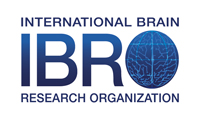
Photo from archive.org
Humans are more vulnerable to addiction in comparison to all other mammals, including nonhuman primates, yet there is a lack of research addressing this. This paper reviews the field of… Click to show full abstract
Humans are more vulnerable to addiction in comparison to all other mammals, including nonhuman primates, yet there is a lack of research addressing this. This paper reviews the field of comparative addiction neuroscience, highlighting the significant inter-species variation in the mesocortical dopaminergic and other neuromodulatory systems involved in addiction. Artificial selection gives rise to significant changes in neuroanatomy, neurophysiology and behaviour as shown in certain rodent strains and other domesticated animals. These changes occur over a few generations, relatively short periods of time in evolutionary terms, and demonstrate how dynamic these neuromodulatory systems are in response to the environment. During the course of human evolution, traits crucial to our survival, expansion and domination (traits such as the ability to innovate, adapt to different environments and thrive in a civilization) have been positively selected for, yet also predispose humans to addiction. This is evident in our unique neurochemistry and receptor-drug activation potencies. Examples of these are provided as possible targets for precision medicine.
Journal Title: Neuroscience
Year Published: 2019
Link to full text (if available)
Share on Social Media: Sign Up to like & get
recommendations!